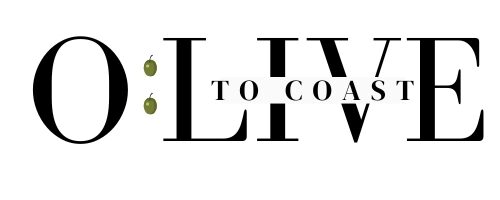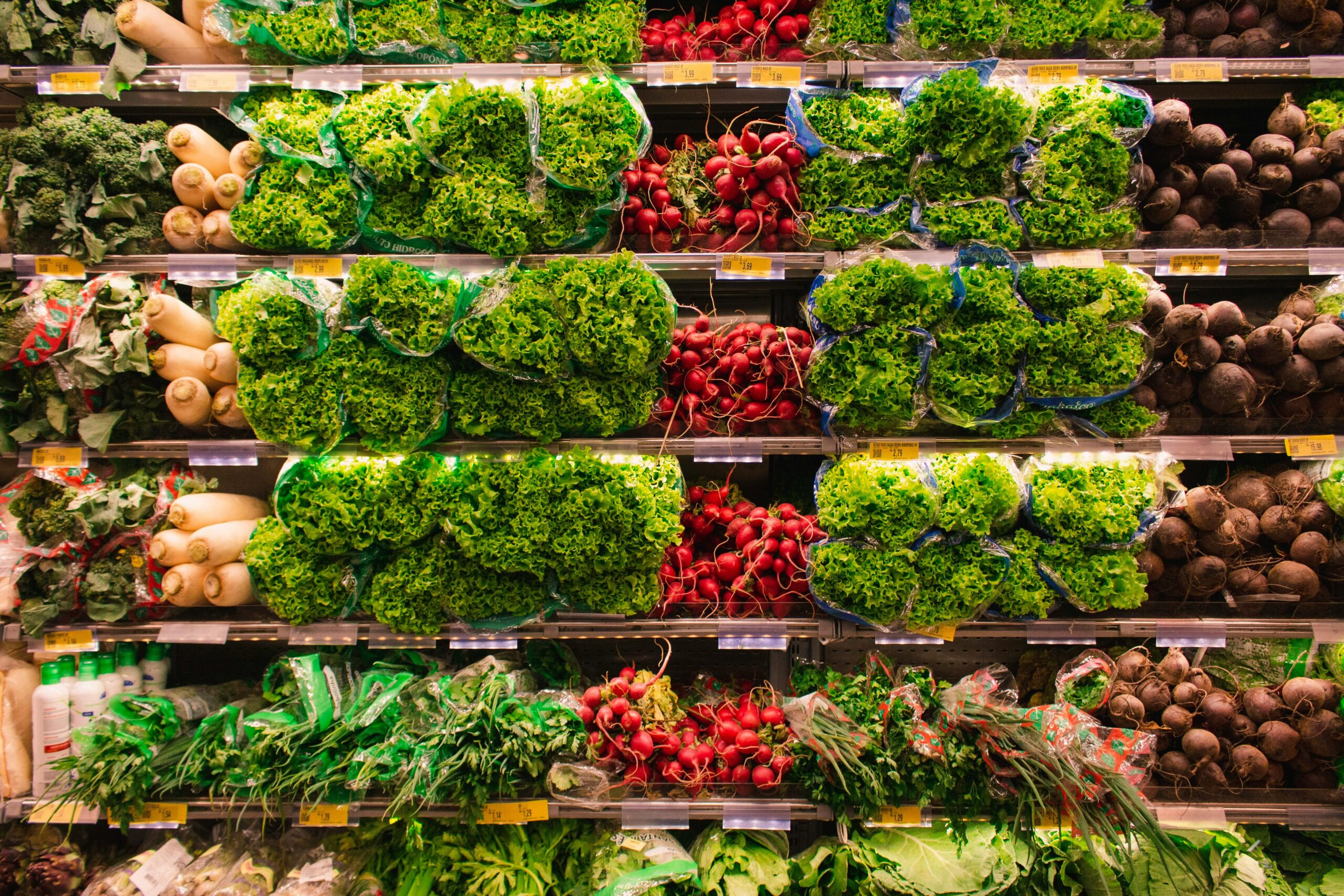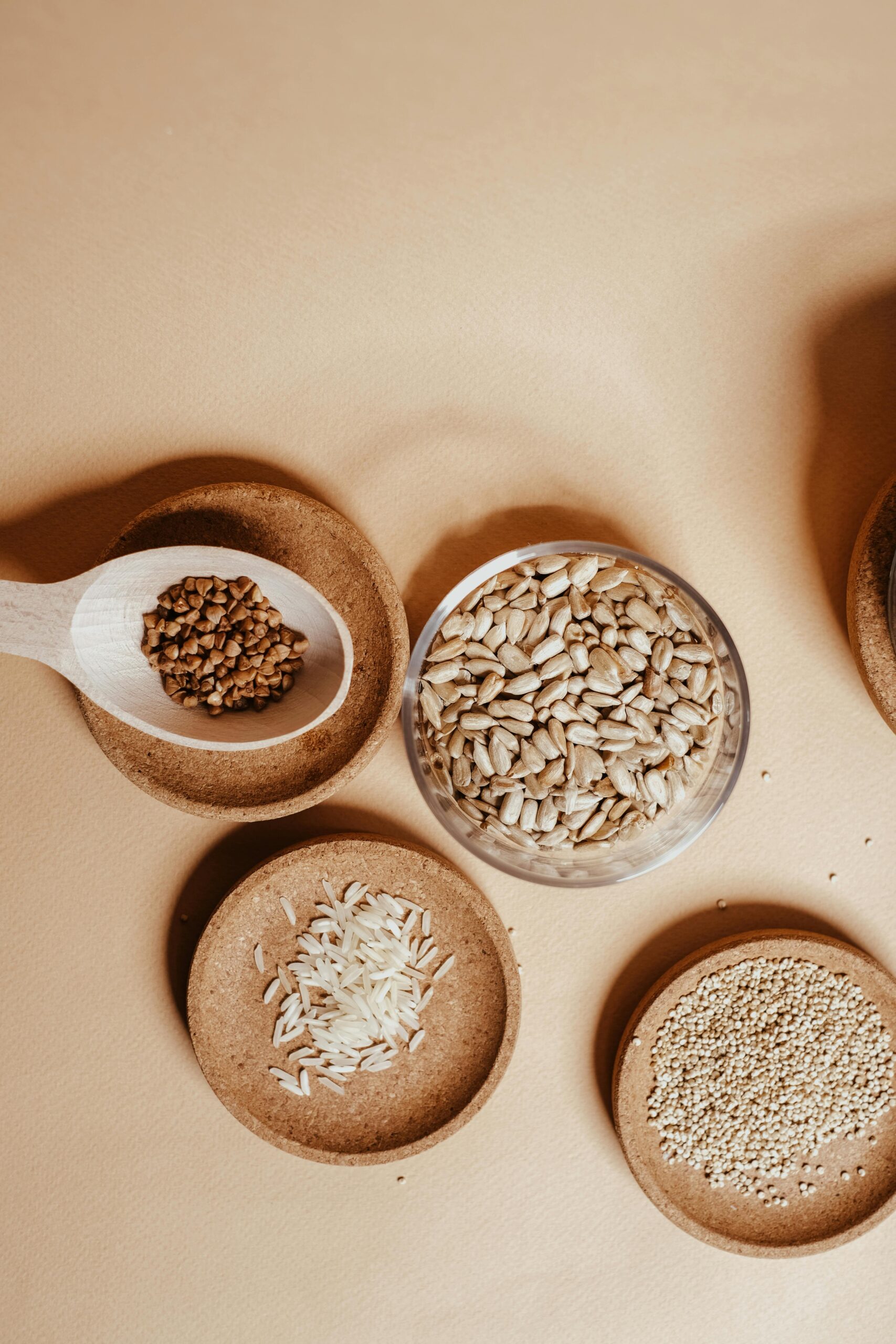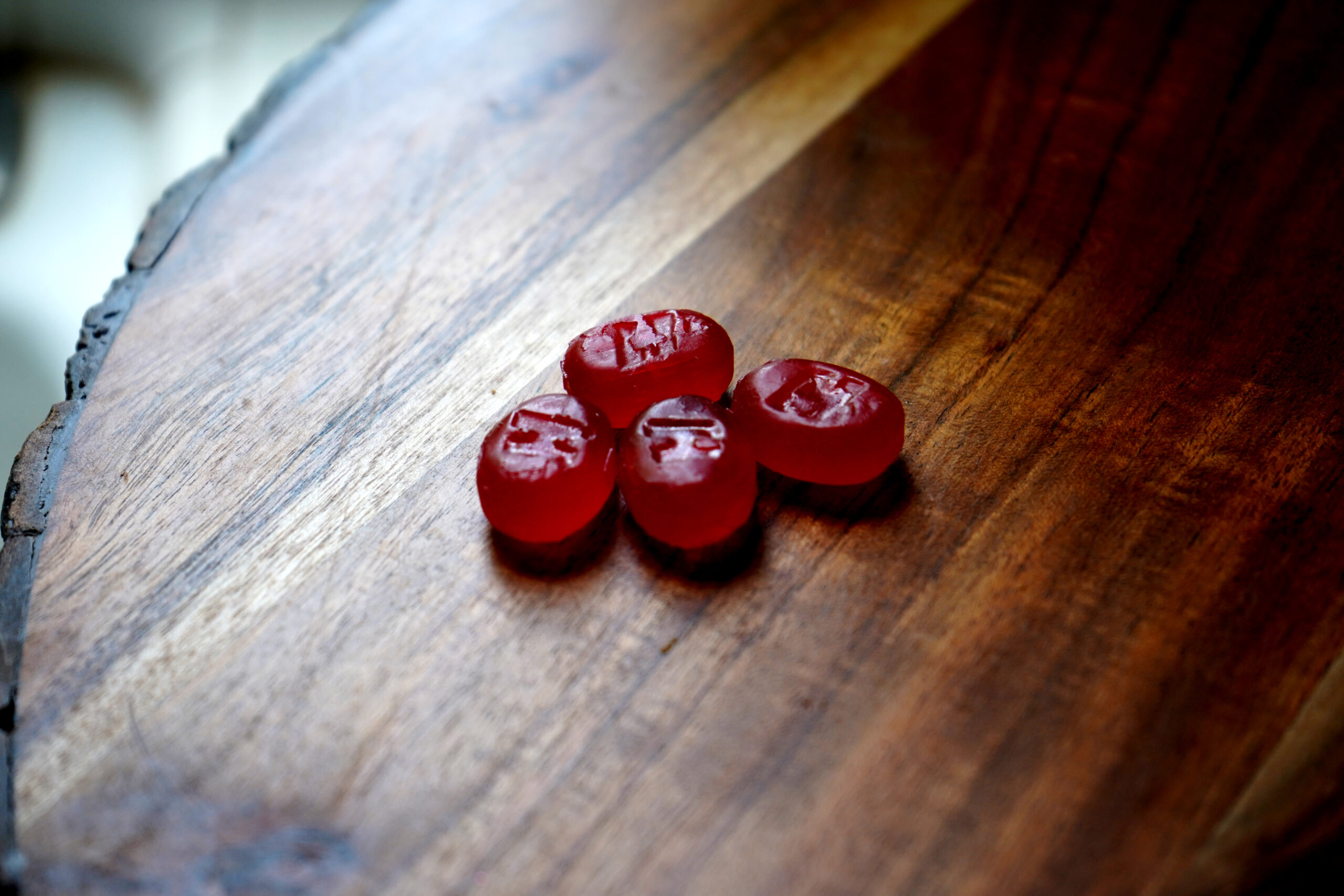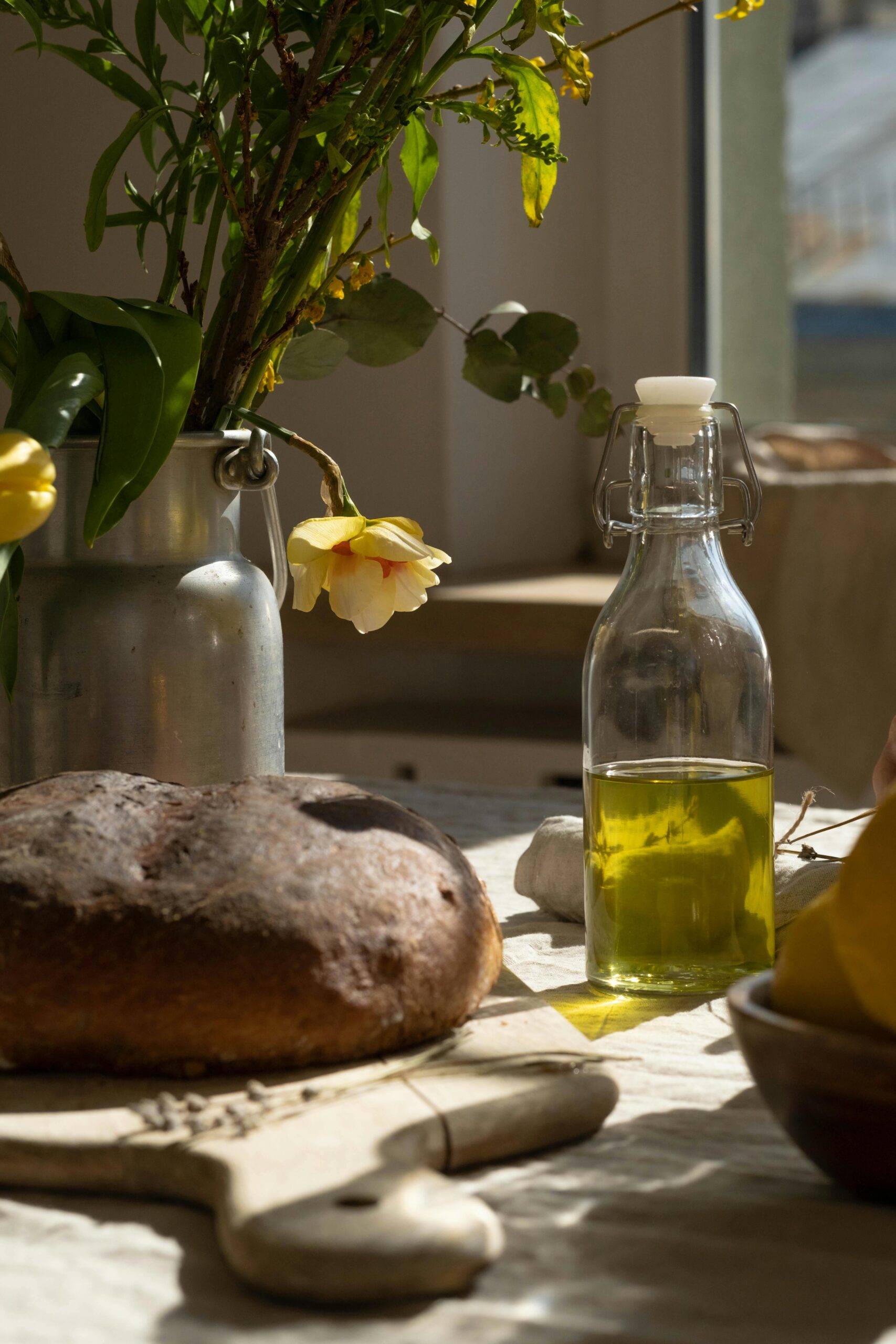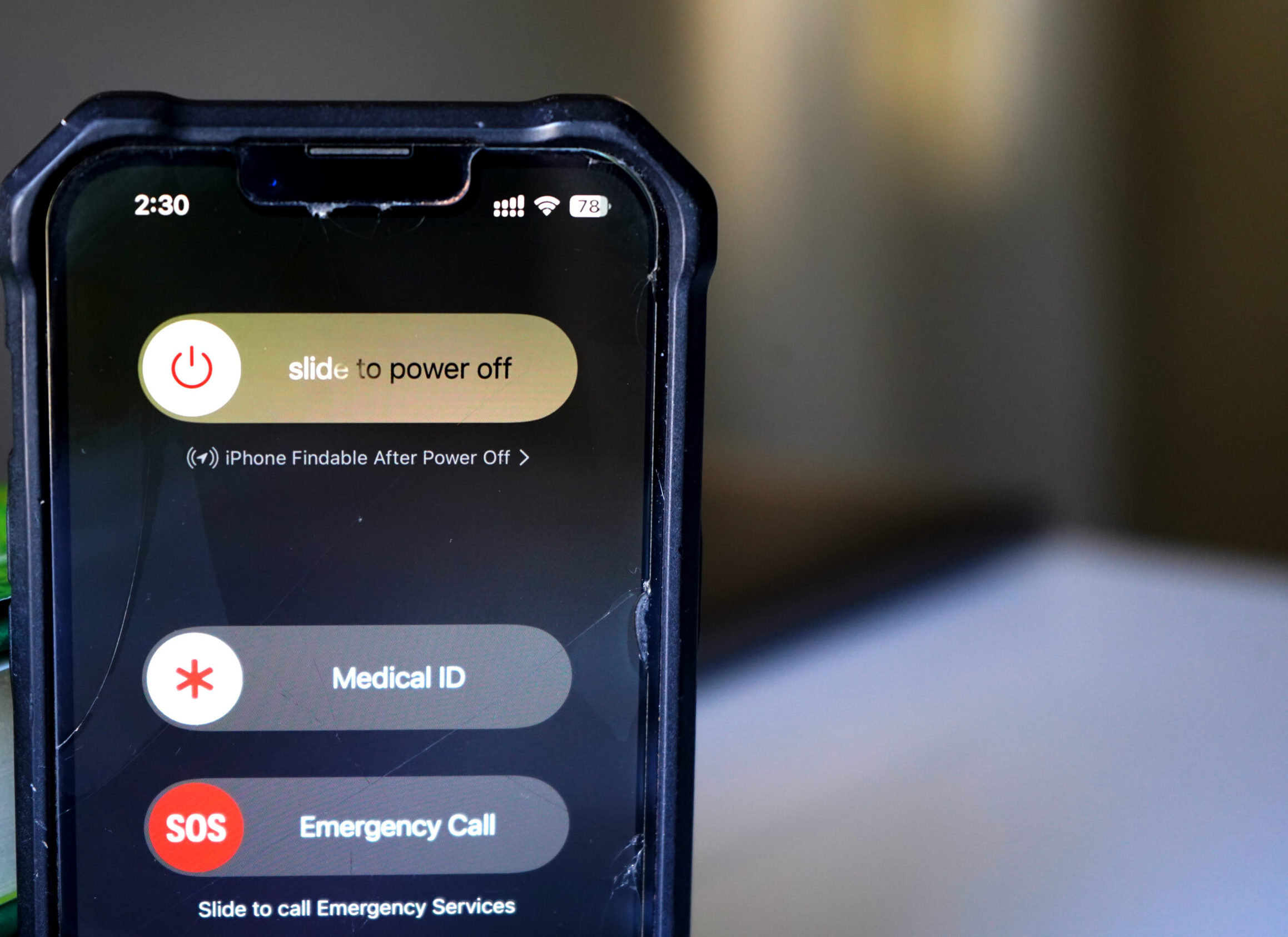One Scale, One Salad, and One Grocery Store Meltdown Later…
So, there I was—last week, scrolling through recent photos, not recognizing myself. That led to stepping on the scale, and then, for the grand finale, attempting to squeeze into an old pair of jeans like some kind of denim-based Olympic event.
Three for three on disappointment. A grand slam of self-loathing.
But it wasn’t just the numbers, the photos, or the fact that my jeans were clinging to my thighs for dear life—it was how I felt.
Tired. Bloated. Moody.
And, worst of all? Food used to be my love language. Now? It’s a bland, loveless marriage, and we’re barely speaking.
I mean, seriously—cheese had become… meh.
Cheese. Every bite was just… background noise. I was eating, but with the enthusiasm of a dial-up modem loading a webpage in 2002. Tragic.
So here I am, pushing 40, realizing I’ve become one of those women in a “self-discovery” movie—the kind who dramatically stares at her reflection in a store window and sighs while a Coldplay song plays in the background.
Only instead of Paris, I’m in a Target parking lot.
And then—just when I thought I couldn’t sink further into my existential spiral—Shutterfly, that nostalgic little devil, hit me with a “Memory from This Day Five Years Ago.”
And there it was: Italy.
A photo of me in the Italian countryside, basking in the golden glow of the afternoon sun, a glass of wine in hand, absolutely thriving. I had gone to reconnect with my family’s roots, uncover my grandmother’s story, and—most importantly—rediscover what it meant to truly savor food. Not just eat it, but to have a full-blown, unapologetic love affair with every bite.
No plastic wrappers. No labels with 17 ingredients I can’t pronounce.
And that’s when it hit me. Food meant something to me there.
It wasn’t just something to consume—it was a relationship. It was cared for, respected, and given actual consideration. It was slow, intentional, joyful.
But now? I’m just another exhausted woman clutching a sad, pre-packaged chicken salad, wondering why I feel like garbage.
I guess this was my Eat, Pray, Love moment.
Only I wasn’t a single, unattached woman in New York.
No, I’m a mother of five—two boys of my own and three stepchildren I’ve helped raise. Having had my son at 18, I’m now pushing 40 and in the midst of what some would call a midlife crisis.
When my kids were little, social media wasn’t as dominant as it is now, so I was blissfully ignorant. I picked food that was easy, cheap, and wouldn’t cause arguments at the dinner table.
I used to focus only on calories or sugar intake, never paying attention to the actual ingredients.
But now?
Now, I’ve watched two or three videos on social media, and suddenly the algorithm has decided that I need to be personally attacked with every food industry horror story ever.
And that’s how I found out that most of our food is loaded with chemicals. So here I am—tired, bloated, and moody—because somewhere between my grandmother’s kitchen and the modern grocery store, food became a science experiment.
How is this even legal? No wonder our country has an obesity crisis.
And seed oils—the algorithm certainly hasn’t stopped reminding me about them.
The ingredient lists from Chick-fil-A sandwiches and McDonald’s fries haunt me, resurfacing like a memory I’d rather forget. Meals I grabbed for my kids after baseball games. Back then, I saw convenience. Now, I see a long list of chemicals I can’t unlearn.
But I’m not dead yet.
And so, it’s now or never. I want to make some changes. I want to go back to how my grandmother ate. The way she prepared food with intention, how her hands created meals with care and love.
Which is how I found myself today, standing in the middle of a grocery store having a full-blown existential crisis.
I’m talking sweaty, near-panic attack mode.
Because, newsflash: there is hardly anything here I can eat.
I spent nearly three hours reading labels, trying to decode ingredients, Googling things like, “Is this even real food?” Only to realize that every aisle is packed with seed oils, artificial junk, and science experiments disguised as groceries.
Even the soup aisle—with its cozy images of fresh vegetables and rustic, farm-to-table vibes—feels like a scam. Flip the can around, and instead of a simple homemade recipe, you’re staring at a chemistry experiment.
We’ve become suckers in this game.
And for me and my family? It stops now.
So, to keep myself sane and relieve some of my outer frustration, this blog was born.
But let’s be real—this isn’t just a blog. It’s an open-book diary of my food-fueled meltdowns, existential grocery store crises, and my chaotic quest to ditch the junk and get back to real food.
Stepping Off the Scale and Into Reality
The scale might have been what triggered my spiral, but here’s the thing—it isn’t going to be the thing that saves me. Numbers have their place, but they’re not the full story. So instead of obsessing over the scale, I’m focusing on small, practical shifts that help me feel better every single day.
1. Read Labels Like a Detective
If you do one thing this week, let it be this: flip the package over. Don’t let the marketing on the front (“heart healthy!” “all natural!”) trick you.
- Scan for seed oils (soybean, canola, sunflower, safflower, corn). They’re everywhere.
- Look for hidden sugars (they sneak in under names like maltodextrin, dextrose, corn syrup).
- Check the ingredient list length. If it’s a paragraph, your scale will eventually tell the truth about what it’s doing to your body.
2. Swap Seed Oils for Olive Oil
This one’s simple but powerful. Toss the bottles of vegetable, canola, or soybean oil in your pantry. Replace them with extra virgin olive oil.
- Use it for roasting, sautéing, even baking.
- Drizzle it on salads instead of bottled dressings.
- Keep a small bottle on the counter so you see it and use it.
The difference shows up not just on the scale, but in your energy and mood.
3. Focus on Whole Ingredients
If your grandmother wouldn’t recognize it, question it.
- Buy whole vegetables instead of prepackaged mixes when possible.
- Choose cheese from the deli counter over the shredded bag (fewer additives).
- Pick bread from a bakery with 4–5 ingredients, not 25.
Every whole ingredient you add crowds out something processed. That’s what moves the needle—more than any quick-fix diet or scale obsession.
4. Cook One “Real Meal” a Day
You don’t need to overhaul your entire kitchen overnight. Start small: commit to cooking one meal from scratch a day.
- Breakfast: eggs cooked in olive oil with fruit on the side.
- Lunch: a big salad with beans, veggies, olive oil, and lemon juice.
- Dinner: roasted chicken with potatoes and herbs.
Consistency here matters more than what the scale says tomorrow.
5. Hydrate Like It’s Your Job
Half the time my “hunger” was actually thirst. And dehydration? It shows up on the scale in water weight, bloating, and fatigue.
- Aim for half your body weight in ounces daily.
- Add lemon slices or cucumber if plain water bores you.
- Cut soda and “sports drinks.” They’re sugar bombs in disguise.
6. Redefine Wins Beyond the Scale
Sure, the scale will move if you stick to real food. But celebrate other wins too:
- You slept better.
- Your jeans feel looser.
- Your skin looks clearer.
- You don’t crash at 3 p.m. anymore.
The scale is just one measure, not the scoreboard of your life.
7. Build a Kitchen You Want to Cook In
This one surprised me. When my kitchen felt cluttered and uninspiring, I avoided cooking. I relied on packaged foods. So I reset:
- Decluttered my pantry of seed oils and junk.
- Invested in a few quality basics (a sharp knife, a cast-iron pan).
- Made olive oil the centerpiece of my counter instead of hiding it away.
A welcoming kitchen makes cooking feel less like a chore and more like a ritual.
8. Practice the “Grandmother Test”
When in doubt, ask yourself: Would my grandmother recognize this as food?
- Cereal with neon colors? Fail.
- Homemade soup with beans, carrots, and olive oil? Pass.
- Soda in 47 flavors? Fail.
- A hunk of cheese and a loaf of bread? Pass.
Your scale (and your health) will thank you for choosing the foods that pass this test more often.
9. Involve Your Family
This journey isn’t just about me—it’s about teaching my kids that food is more than a wrapper or a drive-thru bag.
- Let them pick a vegetable at the store.
- Cook one meal together a week.
- Share stories about how their great-grandmother cooked in Italy.
Food is culture. Food is connection. And those lessons go far beyond the scale.
10. Give Yourself Grace
Change doesn’t happen overnight. There will be days when convenience wins, when the drive-thru is easier, or when the bag of chips sneaks into the cart. That’s life. The point isn’t perfection. It’s direction.
Every better choice you make is progress—even if the scale doesn’t immediately show it.
The Bottom Line
Yes, the scale matters. It gives you data. But it’s not the full story of your health, happiness, or worth. What matters most is how you feel—energized, joyful, connected—and whether the food on your plate looks like something your grandmother would have made.
So here’s my promise: this blog won’t just be my rant space. It’ll be a place full of practical swaps, tips, and recipes to help us all take the power back from the scale and the food industry.
Because we deserve better than chemicals and seed oils.
We deserve food that nourishes, heals, and connects us.
And honestly? That feels like the best win of all.
